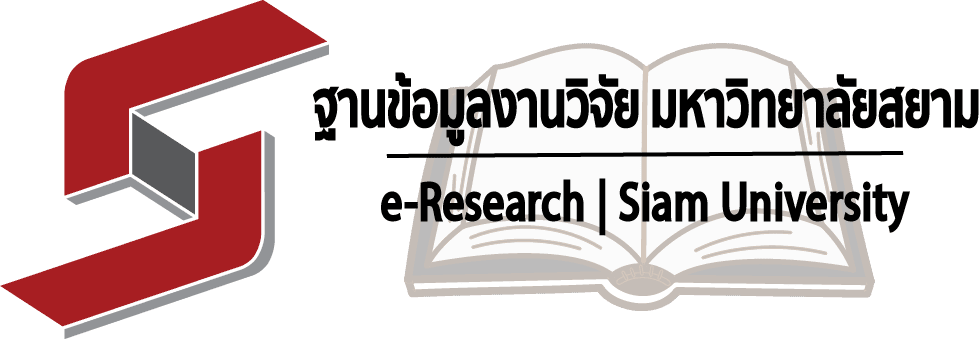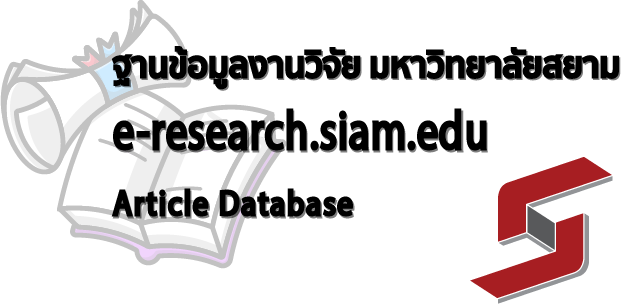- KB Home
- หลักสูตรปริญญาตรี|Bachelor Degree
- คณะเภสัชศาสตร์
- Electrospun nanofibers from natural polymers and their application
| Research Article: | Electrospun nanofibers from natural polymers and their application |
| Author: | Nawinda Chinatangkul, Chutima Limmatvapirat and Sontaya Limmatvapirat |
| Email: | nawinda.chi@siam.edu |
| Department|Faculty: | Faculty of Pharmacy, Siam University, Bangkok 10160 |
| Published | Science, Engineering and Health Studies (SEHS) Vol. 15(2021) Page.1-11 |
Citation
Chinatangkul N., Limmatvapirat L., Limmatvapirat S. (2021). Electrospun nanofibers from natural polymers and their application. Science, Engineering and Health Studies (SEHS), 15, 1-11.
ABSTRACT
Due to their small structure and large number of micropores, nanofibers can be employed effectively in a variety of applications, including drug delivery, wound dressing, tissue engineering, filtration, and in cosmetic products. Several fabrication techniques have recently been developed to produce nanofibers. Electrospinning has been widely used owing to its high-degree of flexibility in fabrication and its suitability for use in industrial-scale production. Both synthetic and natural polymers have been employed in the process of electrospinning nanofibers. Natural polymers appear to be particularly attractive materials for use in this process because their structures are similar to those found in extracellular matrices prevalent in the human body, resulting in a compatible interaction with this biological environment. This review summarizes the current development of nanofibers produced from natural polymers and their application in various fields. Fabrication limitations and future application are also considered.
Keywords: electrospinning; electrospun nanofiber; wound dressing; drug carrier; shellac
Electrospun nanofibers from natural polymers and their application
คณะเภสัชศาสตร์ มหาวิทยาลัยสยาม | Faculty of Pharmacy, Siam University, Bangkok, Thailand


